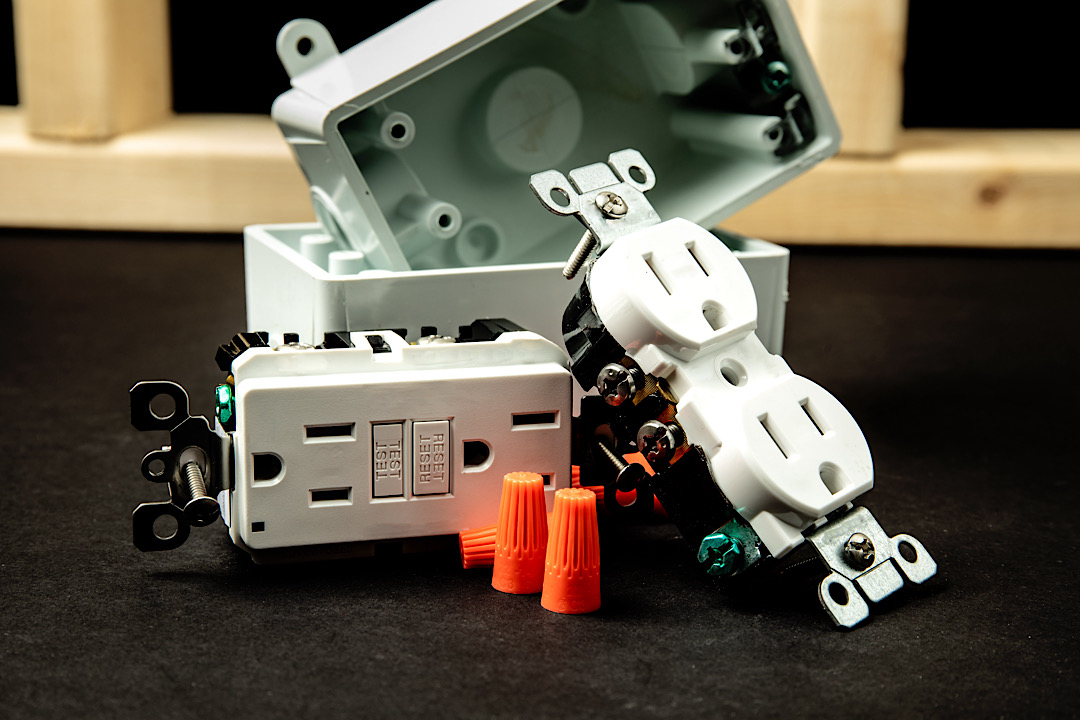The Essential Guide to GFI Protectors in Your Home

GFI (Ground Fault Interrupter) protectors are critical components in maintaining the electrical safety and integrity of residential environments. They serve as the first line of defense against electrical shocks, particularly in areas of your home susceptible to moisture like bathrooms, kitchens, and outdoor spaces. This guide delves into the importance of GFI protectors, highlights potential dangers associated with electrical faults, and emphasizes the need for routine replacement and maintenance to ensure ongoing safety and compliance with electrical standards.
The Importance of GFI Protectors
GFI protectors are designed to protect people from electric shock by monitoring the flow of electricity through a circuit. They can detect even slight imbalances between the incoming and outgoing current caused by the leakage of electrical current to the ground. When a discrepancy is found, GFI protectors swiftly cut off the power supply to the affected circuit, significantly reducing the risk of electric shock or electrocution.
The utilization of GFI protectors is not just a recommendation; it’s a requirement under the National Electrical Code (NEC) in the United States for outlets in areas where electrical equipment is near water. This regulatory mandate underscores the critical role GFI protectors play in safeguarding homes and their occupants from potential electrical hazards.
Potential Dangers without GFI Protection
The absence of GFI protection in high-risk areas can lead to severe consequences. Electrical shocks, while potentially fatal, are not the only risk. Electrical faults can also ignite fires, cause damage to appliances, and lead to costly repairs. Moist environments, such as bathrooms and kitchens, are particularly vulnerable as water conducts electricity, increasing the likelihood of accidental shocks.
It’s important to recognize that traditional circuit breakers and fuses are not designed to respond to ground faults quickly enough to prevent injury. They are meant to protect against overloads and short circuits but do not offer the same level of personal protection as GFI devices.
The Necessity for Routine Replacement
Over time, GFI protectors can wear out or become less sensitive, compromising their effectiveness. Regular testing and replacement are crucial to ensure they continue to function correctly. The U.S. Consumer Product Safety Commission recommends monthly testing of GFI outlets to verify they are operational. Moreover, considering the advancements in electrical safety technology, replacing older GFI protectors with newer models can offer enhanced protection and features.
Routine maintenance and replacement of GFI protectors also ensure compliance with evolving electrical codes and standards, reflecting the latest safety protocols and technologies designed to protect homes and their inhabitants.
The integration of GFI protectors in home electrical systems is a testament to the advancements in electrical safety technology aimed at preventing injuries and saving lives. Their ability to detect and respond to ground faults rapidly makes them indispensable in modern homes, particularly in areas exposed to moisture. However, the efficacy of GFI protectors is contingent upon their proper maintenance and timely replacement. By adhering to recommended testing schedules and being proactive about replacing outdated units, homeowners can significantly mitigate the risks associated with electrical faults, ensuring a safer living environment for everyone.
